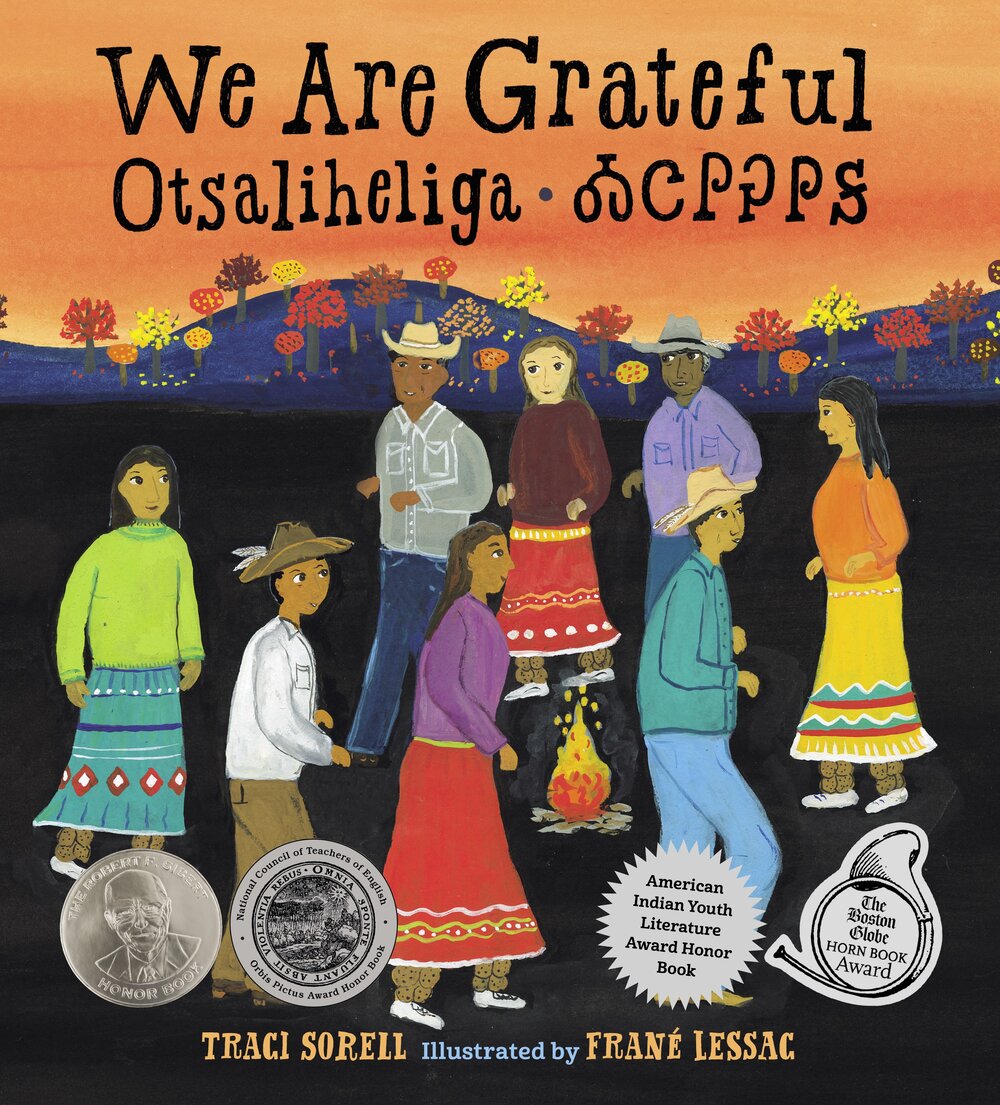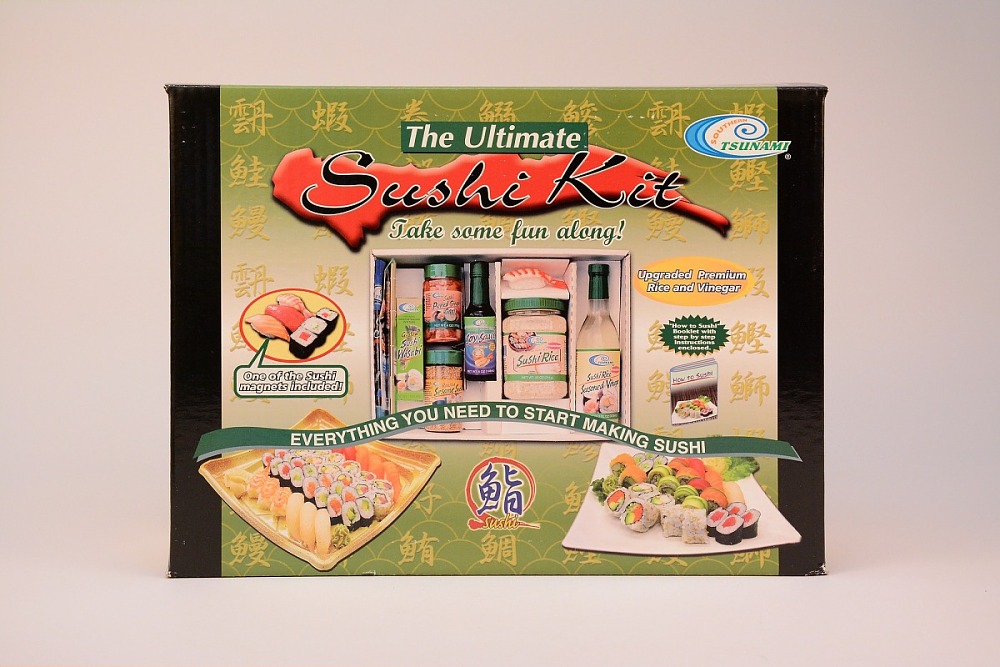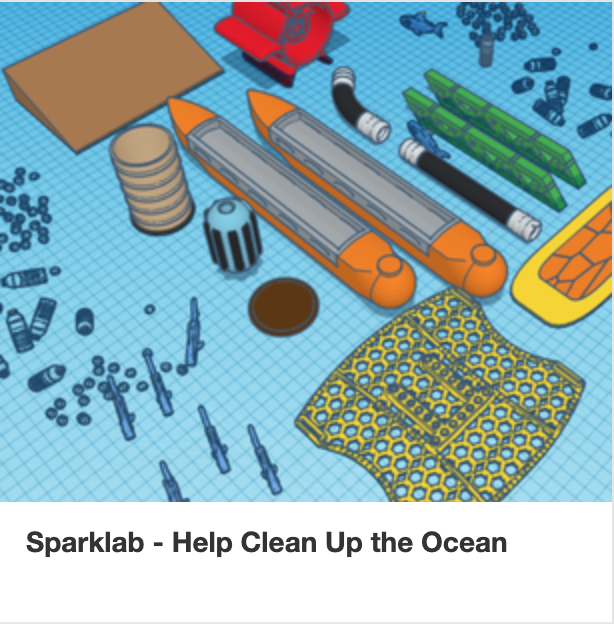History Explorer Results (196)
Related Books (25)
Resource Type(s):
Reference Materials, Interactives & Media
Many Voices, One Nation takes visitors on a chronological and thematic journey that maps the cultural geography of the unique and complex stories that animate the Latin emblem on the country’s Great Seal and the national ideal: E pluribus unum, Out of m
Resource Type(s):
Artifacts
The 442nd Combat Team was a segregated division of the US Army made up of second-generation Japanese Americans. Many of these men left the relocation camps to fight in combat. Family members stayed connected to their loved ones overseas, sending them small gifts and mementos. This Christmas card
Resource Type(s):
Lessons & Activities
In support of the traveling exhibition of Girlhood (It's complicated), the Smithsonian has developed a set of curricular materials and platforms to create meaningful learning opportunities for girls (and all students) in your learning network connected to this content.
Resource Type(s):
Artifacts
2001 edition sushi kit produced by the Advanced Fresh Concepts Corporation in California.
The lid advertises the kit as the "ultimate sushi kit," complete with "everything you need to start making sushi" displaying photographs of sushi, a How to Sushi Booklet, and lists the ingredients and material
Resource Type(s):
Reference Materials
"On a Saturday evening in January 1864, abolitionist Anna Dickinson stood inside the Hall of Representatives looking out into the U.S. House’s packed floors and overflowing galleries. Two thousand members of the public, senators, representatives, cabinet members, First Lady Mary Todd Lincoln—and
Resource Type(s):
Artifacts
General Information: Commemorative coin made by the US Mint for Breast Cancer Awareness. Coin is gold with a pink hue. This is the first gold coin with a pink hue that the U.S. Mint has issued.This commemorative coin was minted by the United States Mint for a fundraising program for the Breast Cance
Resource Type(s):
Reference Materials
“They had just arrived in a foreign country and the small girl’s mother was sent away. Ernest and Mimi Hausner fled their home in Vienna in 1938, when little Evelyn was just a toddler. Nazi Germany had annexed Austria, putting the lives of Jews like the Hausners at risk. They made it to England
Resource Type(s):
Reviewed Websites
Whether you're a student, teacher or family, visiting the Capitol is a great way to explore the roots of our country's government through stories and hands-on activities.
Visitors can choose from a variety of lessons about Congress and the Capitol that go beyond the traditional Capitol tour. The
Resource Type(s):
Interactives & Media
Spark!Lab is a hands -on invention studio in the Smithsonian's National Museum of American History. Spark!Lab activities communicate that invention is a process, rather than a single “Aha!” moment; provide visitors with opportunities to explore the invention process and their own inventiveness;
Resource Type(s):
Interactives & Media
We will host a panel discussion connecting stories of teenagers in the past fighting to address systemic injustice to those of the present. The 2020 annual summit will be centered on the case study of Claudette Colvin—a 15-year-old Black student in Montgomery, Alabama, in 1955. Colvin refused to g
Reading Level:
Late Elementary School
A young boys experience of working on the Transcontinental Railroad. (Part of the My Name Is America series)
Reading Level:
Late Elementary School,Middle School
Told in graphic novel format, this is the story of Abbie Burgess, whose father was the lighthouse keeper of Matinicus Rock lighthouse. Abbie keeps the lighthouse operating during a fierce storm.
Reading Level:
Late Elementary School
A thirteen-year-old Jewish orphan reluctantly leaves her grandmother and immigrates to New York City, where she works for three years sewing lace and earning money to bring Grandmother to the United States, too.
Reading Level:
Early Elementary School,Late Elementary School
After contracting polio at the age of 4, Wilma Rudolph was told she would never walk again. This book tells the inspiring tale of how Wilma battled disease, her leg brace, and segregation to become the fastest woman in the world at the 1960 Olympics.
























